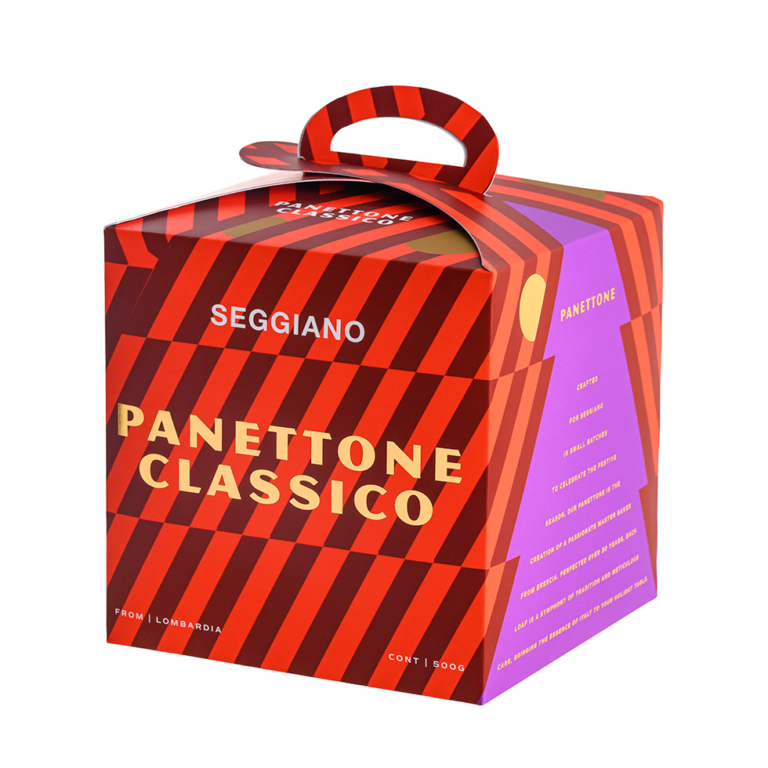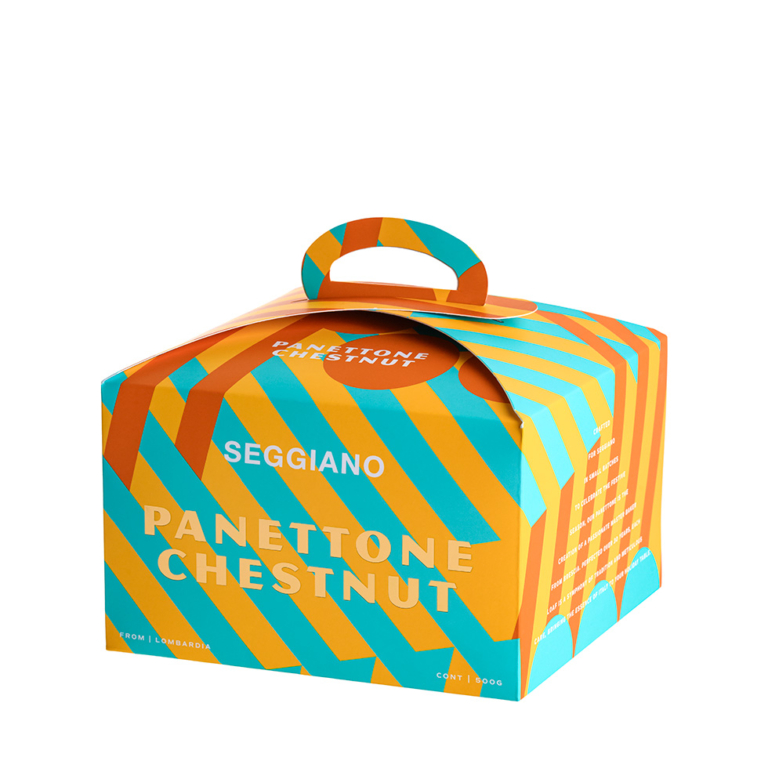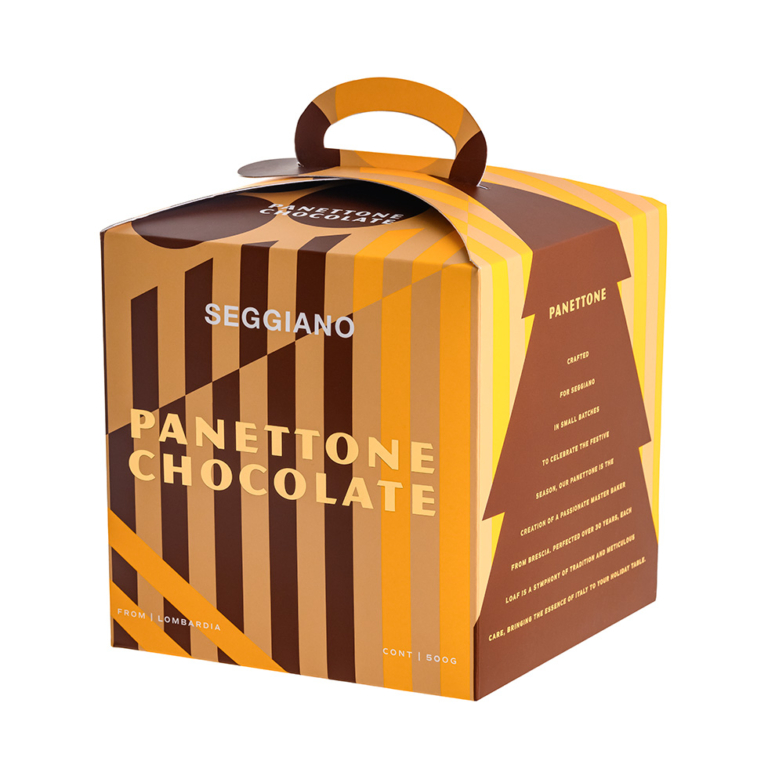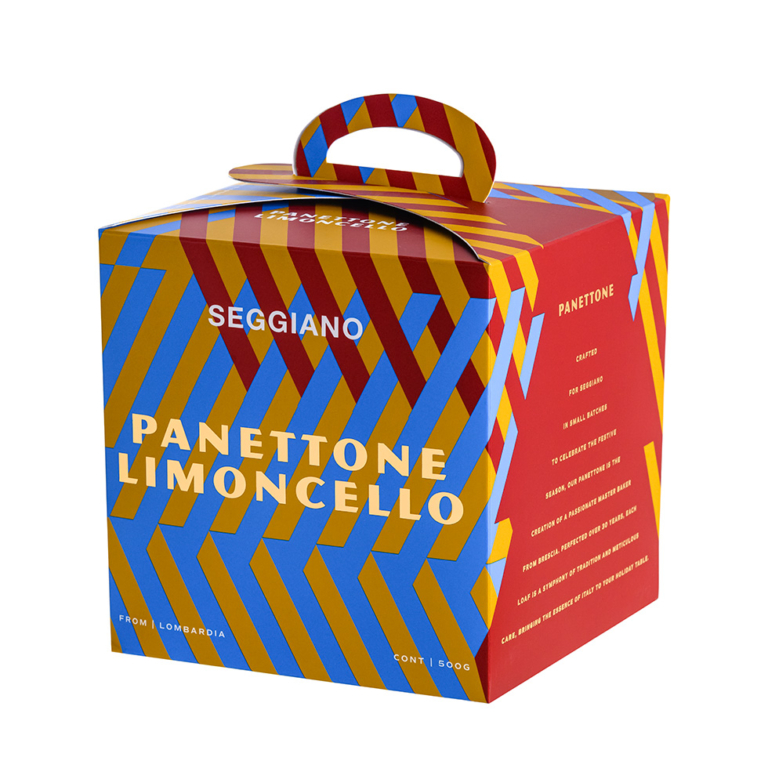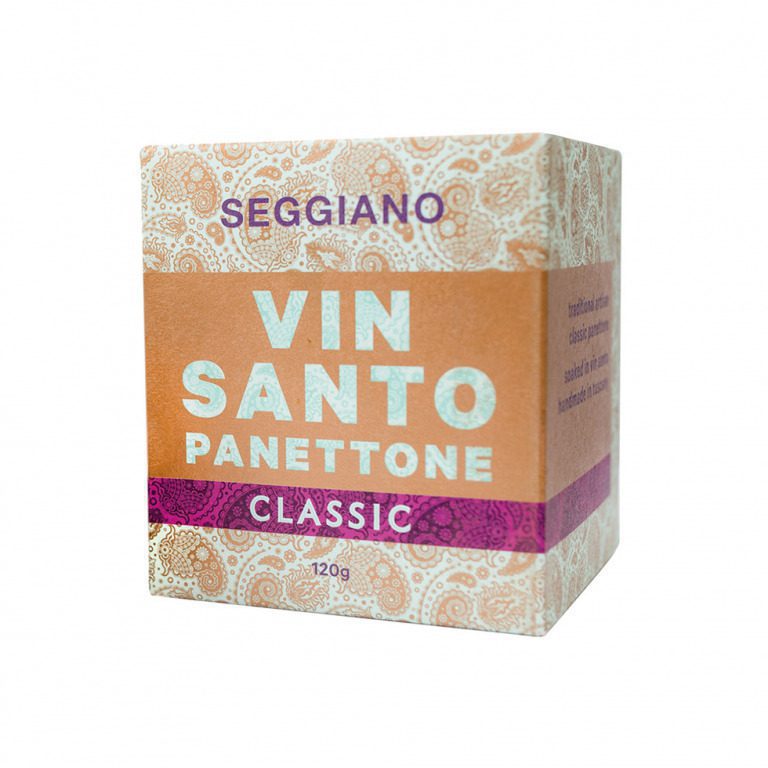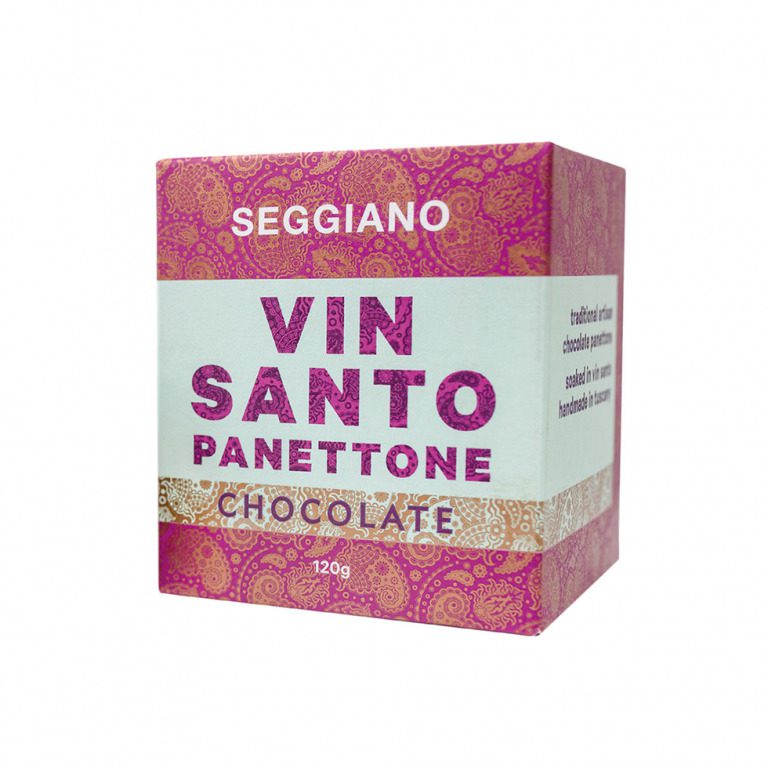
Perfect Panettone
Share via
Wherever you go, you will be offered a slice of this delicious sourdough cake, and no Christmas holiday or family gathering is complete without a shared panettone or two, often accompanied by some glasses of prosecco.
The exact history of panettone is somewhat blurry, though historians believe it to originate from the area of Milan before or during Roman rule, which began in 222 BC. It’s said the area’s inhabitants would sweeten their dough with honey for festivities, celebrations and religious ceremonies, a custom that seems to have persevered through the ages. Additions to the recipe like candied citrus fruit peels and dried fruits, ingredients that weren’t cheap or made locally, would have further designated this as a special treat reserved for special occasions.
The first written record of this luxurious bread is in a 15th-century manuscript, written by a preceptor of Milan’s House of Sforza, a powerful ruling family of Renaissance Italy. He stated that for countless generations, the nobility of the area maintained the Yuletide tradition of sharing a panettone before Epiphany. Another document, a 19th-century recipe book, links this cake to Italian Christmas tradition as far back as the 9th century.
Today, the tradition has spread to much of the rest of the world. Panettone is a customary Christmas dessert in the USA, Latin America, most of Europe, and even some far-flung places like Australia and Eritrea. Italy alone produces 7,100 tonnes of the stuff each year, with just 10% exported. However, the single biggest producer is an industrial brand based in Brazil, which sells an estimated 200,000 tonnes annually.
As zealously protective of their culinary culture as ever, panettone (along with over 100 other recipes/products of Italian origin) must be made in certain ways using certain ingredients, much like the way champagne is protected in France. In 2006, an expert claimed that as many as 7 in 10 panettone sold in the USA were imitations. While this figure is hard to verify, in such a lucrative industry, there may be some truth behind it.
So, what exactly makes an authentic Italian panettone? The legislation is thorough and covers nearly all aspects of production, from natural sourdough leavening to ingredient ratios and percentages to the final domed shape of the cake. Unfortunately, this protective status doesn’t extend beyond Italy’s borders – so make sure you buy Italian – and, in our eyes, the bill could do much more to protect consumer and environmental health. It still allows the use of industrial emulsifiers, artificial flavouring, nasty preservatives like potassium sorbate and sorbic acid, and doesn’t stipulate whether dairy products within should be organic or free-range.
To go above and beyond, at Seggiano we have created a range of gourmet, classic Italian panettone in collaboration with the ever-passionate master baker Beniamino Bazzoli, a highly-esteemed confectioner and panettone consultant renowned across Italy.
In the rare moments that Beniamino isn’t in his family bakery experimenting with ingredients, timings, temperatures and all the other minutiae of world-class baking, he’s teaching courses on the subject, acting as a member of the Richemont Club (a non-profit international consortium of pre-eminent pastry chefs and bakers, dedicated to upholding excellence and furthering innovation in the sector) and judging panettone competitions, or entering and winning them. Most recently, he took home prizes for the “Best Chocolate Panettone” and “Best Classic Panettone” categories of the annual “Best Panettone In The World” competition, organized by the International Federation of Pastry & Ice Cream (FIPGC).
Despite the high demand for his cakes, he only bakes for Seggiano and his family bakery, preferring to create quality, not quantity. He uses his family’s prized 40-year-old mother yeast and diligently sources ingredients well before the festive season to ensure excellence. Together, we have developed some irresistibly delicious recipes, completely free from artificial ingredients. We choose to use only traceable, GMO-free ingredients and organic eggs and butter, because, besides potential consumer health benefits, organic certification guarantees higher animal and ecological welfare.
In artisan food production, the quality and freshness of ingredients remain of paramount importance. In February, Beniamino visits the Amalfi coast to collect fragrant Sorrento lemons and artisan limoncello liqueur for the luxurious marmalade used in our Limoncello Panettone. The light, aromatic dough is sweetened with local acacia honey and flavoured with natural candied citrus peels and real vanilla pods back in the bakery. The large candied marrons chestnuts used in the Seggiano Chestnut Panettone have been sourced from a fantastic artisan producer in their own right; they are made without preservatives and taste absolutely delicious.
The British palate is conditioned by oversweet, over moist industrial supermarket panettone. An authentic classic panettone should be drier – a softly fragrant, slightly moist, light, airy bread. The synthetic emulsifiers used in most panettone fall short of Seggiano food ethics for their potential health-compromising effects, so through entirely natural methods, we have innovated a range of consistently delicious, traditional artisan cakes without the trans-fatty industrial emulsifiers often used to extend shelf life. All our cakes (in fact, every product in the Seggiano range) is entirely palm-oil free, in solidarity with rainforest habitat protection.
Explore our full offering, including Classic, Chestnut, Limoncello, and an award-winning Chocolate Panettone, made with 26% dark chocolate.
Share via
Seggiano Panettone
Purchase all related products hassle-free
Related Inspiration
View All Inspiration